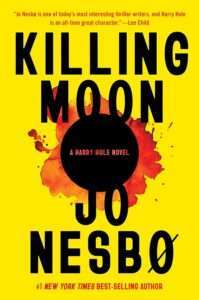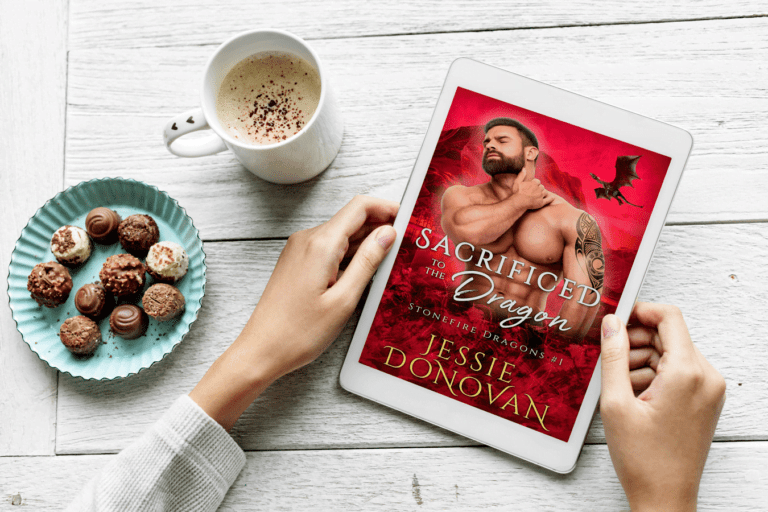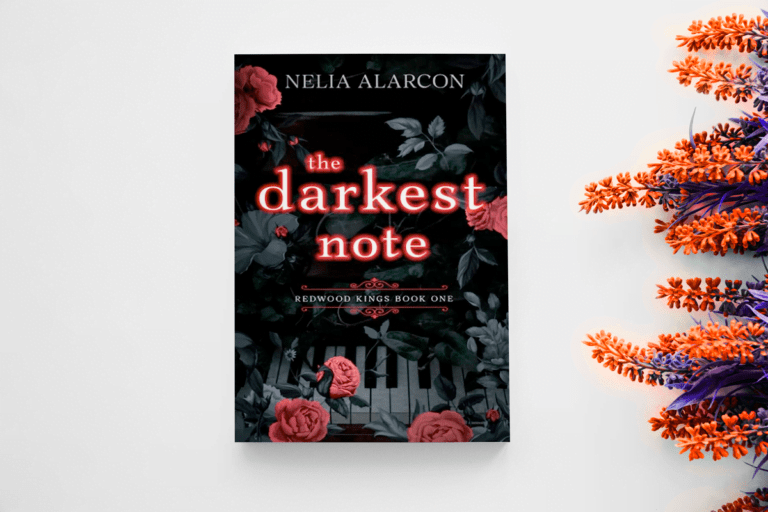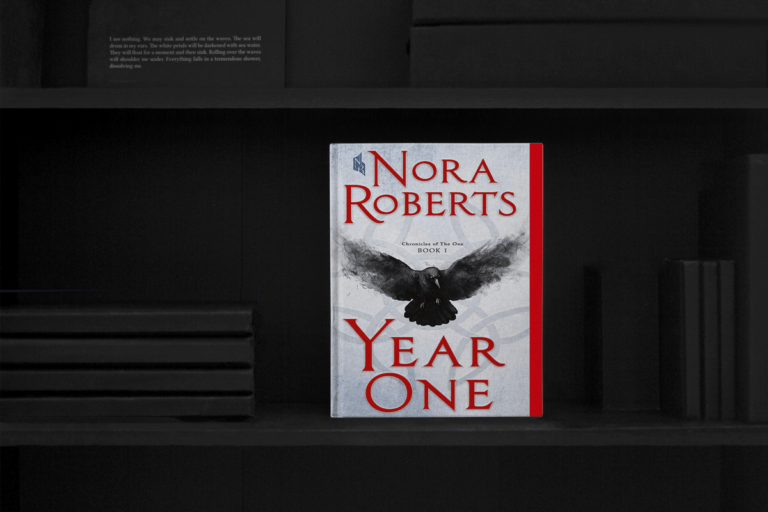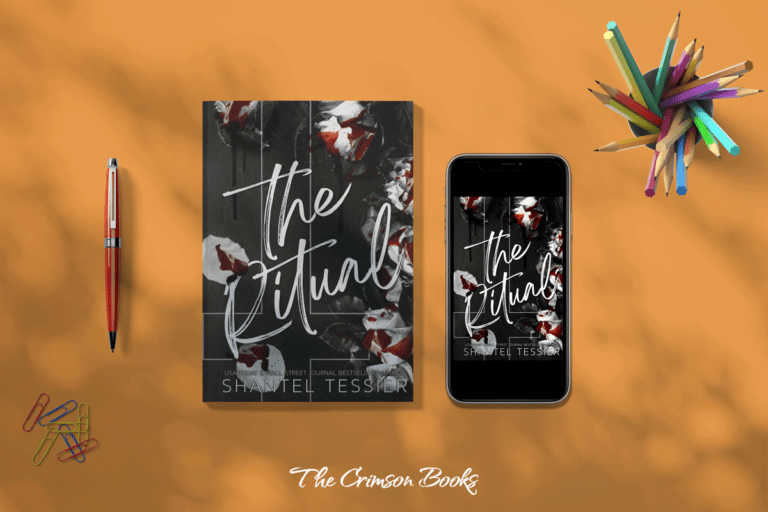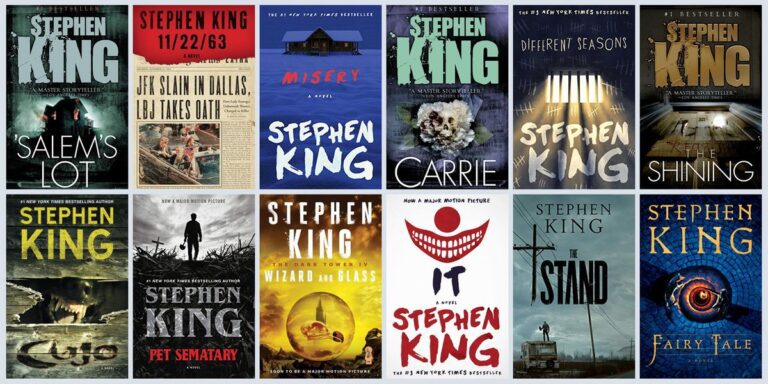Killing Moon by Jo Nesbo
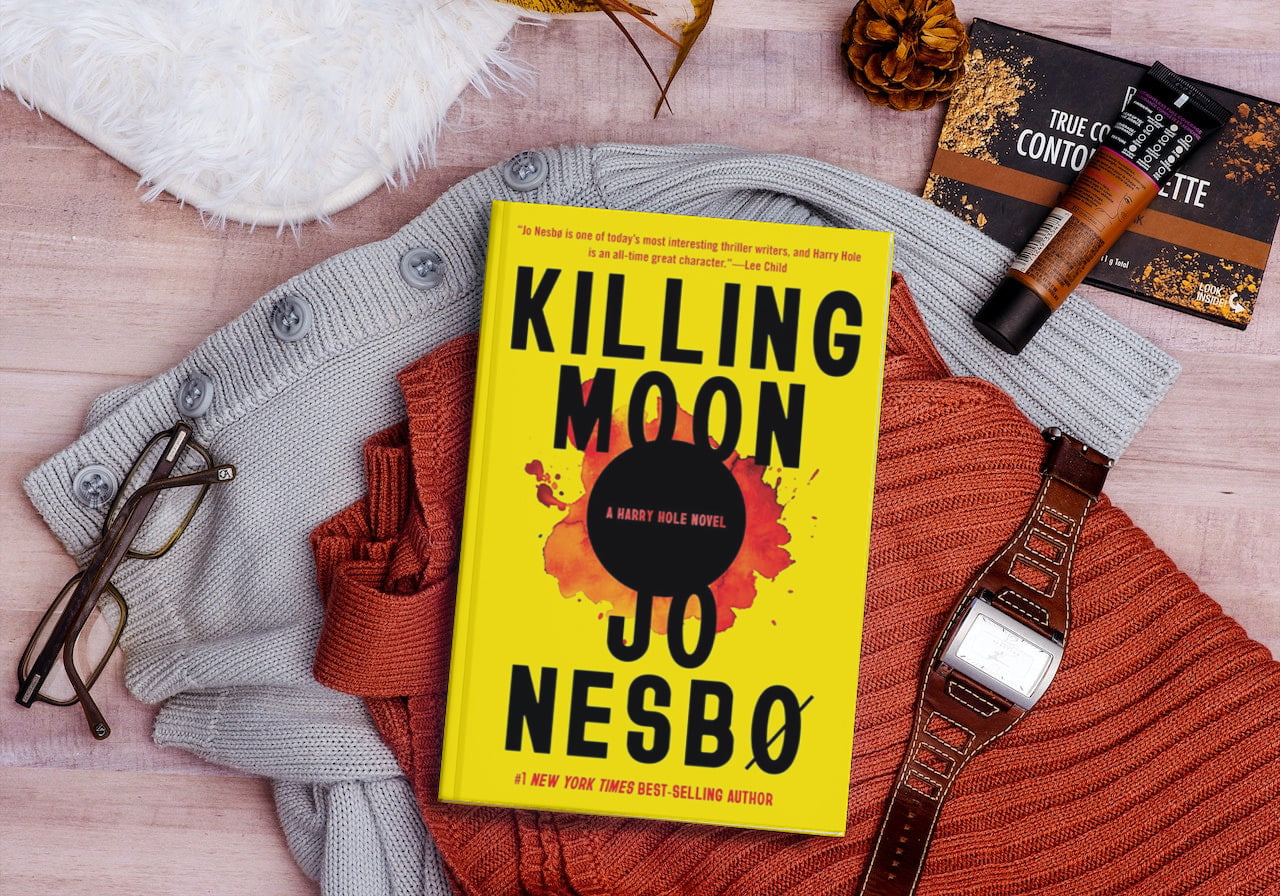
SYNOPSIS
The police are on the hunt, but they’re running out of time. The only thing linking two missing young women is that they both went to a party held by a shady real estate mogul. The authorities have cause to believe the killer may strike again after discovering an unusual signature on the victim’s murder scene.
THEY MUST COMBAT A MURDERER UNLIKE ANY OTHER. And a unique detective is required to expose him. But the legendary Harry Hole is dead and gone, having been dismissed from the LAPD and drinking himself to death.
Nothing appears to be able to bring him back to Oslo. When the life of the lady who saved Harry’s is threatened, he has no choice but to go back to the city that has haunted him for so long and try to find the killer.
CATCHING Harry will be tested to his limits by HIM. In order to defeat an unstoppable killer, he will need to assemble a ragtag squad of former operatives. But as the pieces of the puzzle come together, it becomes apparent that there is more to this case than initially appears…
REVIEW
I am one of the many fans of Jo Nesb’s Harry Hole saga who have been there since the very beginning, back in the distant year 1997 when the first book in the series, The Bat, was published and heralded the introduction of a fresh take on the genre’s standard elements and tropes while also introducing the world to one of the most beloved and discussed detective protagonists, the renegade Oslo CID Inspector Harry Hole.
After a four-year hiatus, Norway’s biggest crime writer returns with Killing Moon. During that time, he wrote the standalone novel The Kingdom and the short story collections The Jealousy Man and Other Stories and Rat Island and Other Stories (Rotteya Og Andre Fortellinger), neither of which has been translated into English.
So, this was one of the most anticipated crime fiction books of 2023, and I was left wondering where the tale would go after the sad events of The Knife until its official publishing date (May 25). In short, I was dissatisfied with the end result for reasons I will try to explain further on in this review.
However, I do want to point out that a significant portion of the Nordic crime fiction readership is becoming exhausted by the overuse of plot devices and motifs that were novel and fresh over two and a half decades ago.
Killing Moon is another classic police procedural with heavy thriller overtones that aims to attract the reader through means that are linked with the so-called Exploitation Fiction, in which authors use gratuitous violence or explicit sex scenes — borderline pornographic — in their stories to engage the reader.
Related Post: The Devil’s Star by Jo Nesbo
The violence and atrocities described by Nesbo in his latest novel are gratuitous and only used for shock value, which is disappointing coming from such a well-respected name in the crime fiction industry. This book’s depiction of violence is on par with that of Nesbo’s eighth in the series, The Leopard (#8), in which the author admitted he “may have gone beyond the pale” in his account of brutalities and killings.
The violence is directed primarily at women, a common trope among Scandinavian crime writers; Nesbo, in an interview with The Guardian published in 2020, explained his reasoning for this choice:
“Violence against women is a problem in society—it is something we should talk about.”
Jo Nesbo
Since violence against women is an issue in the real world, it would give me more concern if it never appeared in fiction.
However, some people have issues with Nesbo’s insistence on this one point of view. Cat Woods, in her Observer review of Nesbo’s Killing Moon, suggests that the Norwegian crime master’s depiction of female characters is one-dimensional and tinged with contempt or cruelty. Women are not all “parasitic bimbos on the hunt for a suitable host” like the first two victims of the villain, and Woods’s conclusion is sexist:
“Storytelling that relies on tired cliches that frame women as hapless gold-digging victims who are lucky to have an ancient, alcoholic ex-cop on their case is a literary tradition we can do without.”
Obersver
In this chapter, Harry’s alcoholism takes a back seat to his overwhelming sorrow and remorse over Rakel’s death, which have left him feeling isolated and compelled to seek solace in the bottle.
Killing Moon can be read as a stand-alone by someone unfamiliar with Nesbo’s fictional universe, but it will be much more enjoyable if you have some familiarity with Harry, Katrine Bratt, forensics examiner Alexandra, detective Sung-min, the high-end lawyer Johan Krohn, Minister of Justice Mikael Belman, and the rest of the cast.
Keep in note that this novel contains huge spoilers for The Knife, so reading that book first is unnecessary if you read this one. Please read The Knife before proceeding.
Harry Hole starts the novel in Los Angeles, having banished himself from Oslo as a kind of retribution for the deaths of his friends Rakel and Bjorn. According to Nesbo:
“Following Rakel’s death he had sat at the airport, looked at the departure board, and rolled a dice that determined his destination would be Los Angeles” .
Jo Nesbo
Harry is drinking himself to death in a bar when an elderly woman named Lucile comes up to him and strikes up a conversation, revealing that she is in debt to some rude people due to her unsuccessful effort at making a feature film. As soon as she requests for his assistance when the loan-sharks show up, Harry will like her and agree to help.
They are thus apprehended and given an ultimatum: in ten days, they must raise just under a million dollars to release Lucille. Due of this, Harry accepts a position offered to him by Johan Krohn, an intermediary working on behalf of affluent real estate billionaire Markus Roed.
Roed finds himself in a terrible dilemma as he is the person that ties the two slain victims that were recovered in Oslo during the previous weeks. Susanne Andersen and Bertine Bertilsen both mysteriously vanished after attending a party thrown by Roed.
As a new serial killer prowls the streets of Oslo, Harry must act quickly to clear his client’s name and secure the payment he needs to pay off his mounting debts.
A team, including Katrine and Sung-min, are recruited by the weary senior detective to assist in the parallel inquiry to the official police investigation. Harry also has to deal with the fact that he fathered a child, Gert, after having a one-night stand with Katrine several years ago.
This affair was supposed to be completely harmless for both of them. As readers, we watch as Harry gets to know the kid, assuming a role that, given his history of substance abuse and other harmful habits, we find hard to believe he can pull off successfully. As Nesbo puts it,
“the most pleasant lullaby Harry can deliver to a child turns out to be
“a low, slow chanting in a harsh voice that now and then touched the notes of an old blues song about the risks of cocaine.”
This sums up Harry’s lack of paternal qualities very well. The story moves at a steady clip and features typical Nesbo elements like a multi-perspective narrative in which the narrators follow one another at a rapid clip and an emphasis on red herrings and deflections designed to throw off the reader.
In the Harry Hole books, at least, Nesbo deviates from his usual style. In a few brief chapters, he gives us insight into the villain’s disturbed and sick mind by narrating from his point of view. We learn that the mysterious man who calls himself Prim had a traumatic upbringing that drove him to seek revenge and, above all else, to be loved. In a self-reflective monologue, he explains why he’s doing what he’s doing:
“Speaking of feelings, he needed to bear in mind that revenge was not the purpose. If he forgot that, he risked getting diverted and failing. The act of revenge itself was secondary to the fundamental goal he had set for himself. They promised to kiss his feet when the job was done.”
The intrusion of parasites into the plot was another source of irritation. It was confusing and pointless, in my opinion, and it didn’t advance the story at all. The finale is redemptive, although it cannot cast a pall over the novel’s deficiencies and it is because to those weaknesses that I view Killing Moon as one of the poorest chapters in the Harry Hole series.
As a last comment, I’d want to applaud Sean Kinsella, the translator, for producing a version that’s both idiom-accurate and a pleasure to read. Killing Moon is not to be missed by any true Harry Hole fan. However, if you are to begin now, I would advise to take the books in order in order to be able to identify the entirety of the narrative as it permeates the 13 novels of the epic.
Disclaimer: This blog post may contain affiliate links. If you click on these links and make a purchase, The Crimson Books may earn a small commission at no additional cost to you.
About the Author

Sarah Patel is an ardent reader and a lover of diverse narratives. Her curiosity drives her to explore books across multiple genres, from fantasy and science fiction to contemporary fiction and memoirs.
With a degree in Creative Writing, Sarah has a profound appreciation for storytelling and character development.
